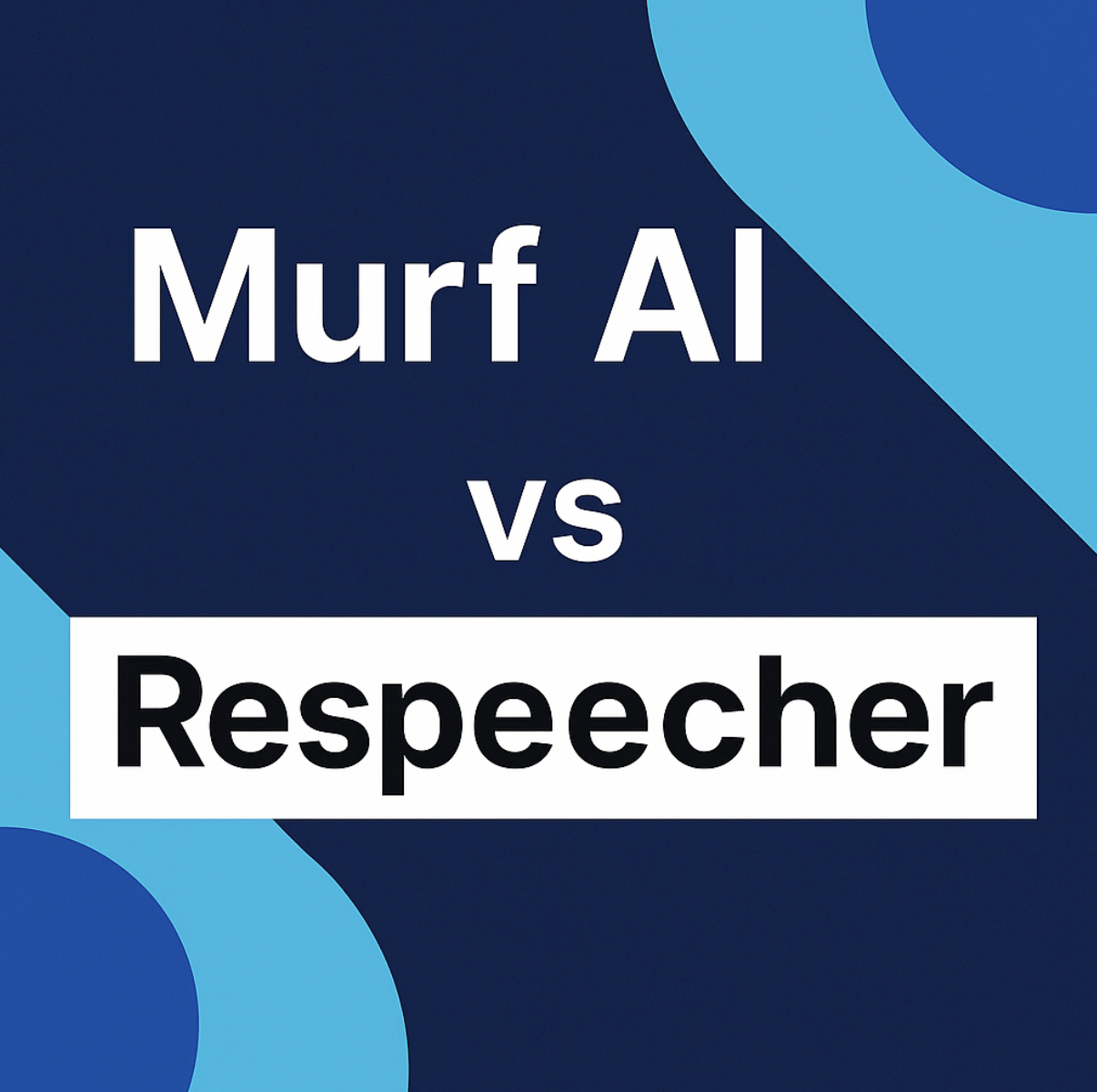Interactive web applications have become a core part of digital marketing strategies in recent years.
By providing personalized and engaging user experiences, interactive apps can significantly enhance user engagement and retention. Interactive web apps go beyond static web pages to create dynamic experiences tailored to individual users.
Features like real-time interactions, personalized recommendations, and adaptive interfaces allow websites and apps to respond uniquely to each visitor or customer. Whereas traditional websites rely on a one-size-fits-all approach, interactive apps leverage data and user input to deliver customized experiences.
Several key factors are driving the increased adoption of interactive web applications in marketing:
- User demand for personalized experiences: Today’s customers expect and respond to personalized content and offers tailored specifically to their needs and interests. Interactive apps allow brands to provide the type of individualized experiences users have come to expect.
- Advances in data analytics: Sophisticated data collection and analysis enable marketers to segment audiences and gain insights to fuel personalization and optimization. Integrating analytics into web apps allows for real-time customization based on user behaviors and preferences.
- Ability to improve conversion rates: Studies show greater personalization can increase sales conversion rates. Interactive apps help convert site visitors into paying customers by engaging them with relevant content and incentives.
- Ongoing innovation in digital experiences: Emerging technologies like AI, AR/VR, and voice-interfaces are enabling new modes of interactive, personalized experiences to be incorporated into web apps.
As users continue to expect and demand more dynamic, customized experiences, interactive web applications will only grow in importance and become an integral element of digital marketing strategies moving forward. Brands that leverage interactive apps gain valuable opportunities to boost engagement, delight customers, and drive conversions.
Explore how web application development services can help you achieve a competitive edge in creating dynamic and personalized digital experiences: https://existek.com/web-application-development-services/.
Web Application Features To Enhance User Experience And Boost Sales
Interactive visuals and components
Interactive visuals and components on a website can greatly enhance user engagement by providing an immersive, hands-on experience. Elements like interactive charts, graphs, timelines, maps, images, video, audio, 3D models, and more allow users to actively engage with content in a dynamic way.
Some examples of effective interactive visual components include:
- Interactive charts and graphs that allow users to hover and click to view precise data points or filter the data displayed. Features like zooming in on charts give users more control.
- Interactive timelines that enable users to scroll through different time periods and click on events to view more details. Timelines bring historical data to life.
- Interactive maps that allow users to pan, zoom, select markers, and filter locations. Users can explore content geographically.
- Interactive images where users can click on different parts of an image to view info, zoom in, and more. Features like image sliders and 360-degree images provide engagement.
- Drag-and-drop interfaces that allow users to manually sort elements on the page, such as organizing items into categories or hierarchies. This hands-on interaction engages users.
- Sliders that enable users to fluidly filter content, like adjusting a price range on an e-commerce site to filter products.
- Sortable tables that allow users to click on column headers to sort table data, instantly customizing the information displayed.
The key is to think about how interactive visuals can allow your users to engage with data and content more deeply, sparking interest and curiosity. Leveraging the latest web development capabilities can create an immersive user experience.
Personalized recommendations
One powerful way interactive web applications can drive higher user engagement is through personalized recommendations. By tracking user behavior and preferences, applications can recommend specific products, services, content and more that are most relevant to each individual. There are various techniques for generating these types of recommendations:
- Collaborative filtering – This looks at patterns of what similar users are interested in and makes recommendations based on that collective wisdom. For example, if User A and User B have purchased many of the same products in the past, then User A will get recommendations based on products that User B has purchased that User A hasn’t yet.
- Contextual filtering – This technique looks at the specific context a user is in to make relevant suggestions. If a user is browsing products in the photography category, they can be shown recommendations for additional photography gear that complements those items. If they have an upcoming birthday in their profile, birthday-related product ads can be displayed.
- Hybrid recommendation systems – Many platforms combine collaborative filtering, contextual filtering and other models to generate the most relevant suggestions. User behavior, profile information, past purchases, page visits and more data can all be analyzed to continually improve recommendations.
Personalized recommendations are highly effective at driving conversions, sales, and continued user engagement. By proactively suggesting products and content to each user that they are likely to be interested in based on all available data, interactive applications encourage more browsing, reading, transactions and interaction over time.
Recommendations essentially do the work of discovering relevant items on behalf of the user. And with machine learning algorithms continually optimizing these models, recommendations get smarter and more tailored to each individual user over time.
Discover how Existek integrates cutting-edge recommendation features, shaping a personalized user experience within web applications.
Adaptive web design
With the growth of mobile device use and multiple screen sizes, responsive and adaptive web design has become critical for an optimal user experience. Adaptive web design takes personalization even further by tailoring the layout, elements, and content specifically for each individual user.
Some key ways adaptive web design creates a personalized experience:
- Responsive design ensures the site layout automatically adapts for optimal viewing and interaction whether on desktop, tablet, or mobile. Media queries and fluid grids allow the page to dynamically respond as screen sizes change.
- Dynamic layouts can detect each user’s device and screen size, then adapt the design and layout accordingly. This removes horizontal scrolling and reorganizes components for the best user flow.
- Adaptive content means showing different text, images, videos, features, and calls-to-action for the user based on their context. For example, a user on a mobile device may see abbreviated content in a single column, while desktop users see longer-form multi-column content.
- Adapting navigation and menus for the device provides easy access to site sections and features. On mobile, the navigation may change to an icon-based menu for simplified use on a small screen.
- Prioritizing visibility of key content and calls-to-action increases conversion rates. On mobile, CTAs need to display prominently without excessive scrolling.
- Adapting forms and inputs like search boxes or contact forms makes them easy to use on any device. This means adjusting form width, input size, and button size while retaining functionality.
- Accessibility features in adaptive designs enhance experiences for users with disabilities. Examples include increasing button sizes, spacing out elements, adjusting color contrast, and adding ARIA attributes.
Overall, adaptive web design personalizes experiences by tailoring the look, content, and functionality to each user’s specific context. This improves engagement as it provides an optimal experience regardless of how and when people access the site.
Conclusion
Web applications present the opportunity for marketers to create truly engaging experiences for users through the ability to make interactions more personalized, interactive, and tailored to each individual. By designing user experiences around profiles, offering real-time interactions, adaptability, gamification and recommendations, dynamic visual interfaces, geo-location features, and leveraging user-generated content, marketers can boost engagement and foster loyalty among customers.
Key benefits of interactive web applications include:
- Building deeper relationships with customers through personalization
- Keeping users more engaged with interactive, dynamic interfaces and experiences
- Garnering valuable data and insights to optimize marketing efforts
- Providing more relevant, targeted content for each visitor
- Adapting seamlessly to multiple devices and contexts
The future of web applications lies in even more intelligent systems that can understand user intent, anticipate needs, and respond in real-time in a helpful, personalized way. As technologies like AI and machine learning continue to evolve, they will enable marketers to create web experiences that feel like a natural, tailored conversation for each customer.
Interactive web applications present a huge opportunity for marketers to move from one-way broadcasting to two-way engagement. Readers should look to implement some of the personalization and interaction techniques covered here to boost customer loyalty, optimize conversion rates, and provide standout user experiences that delight customers.





